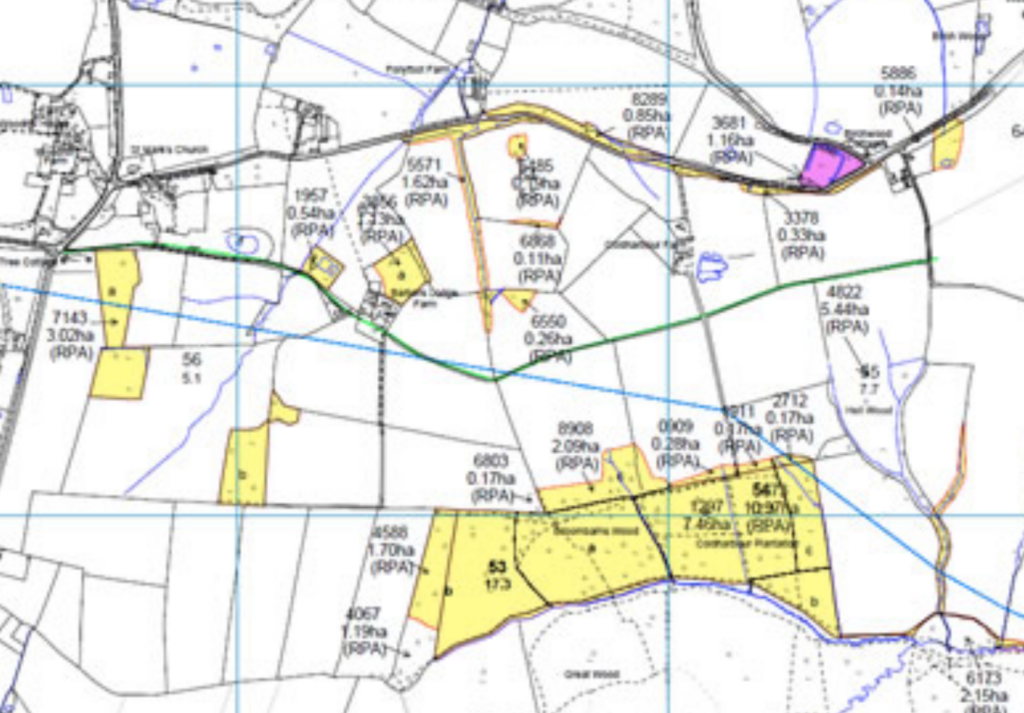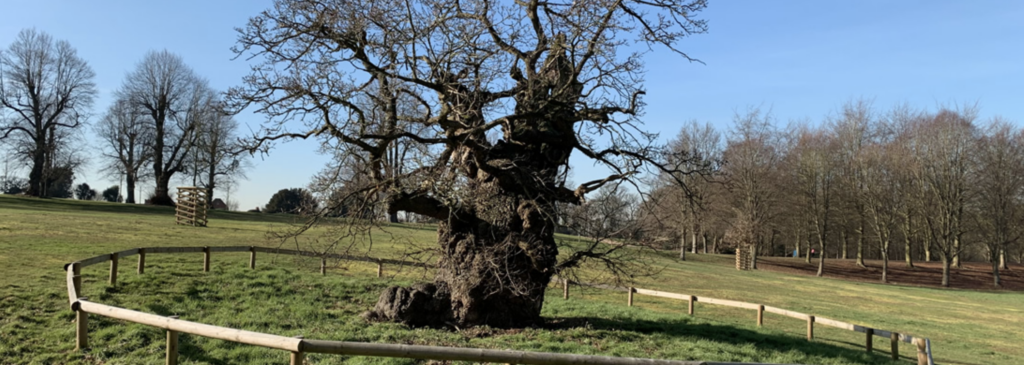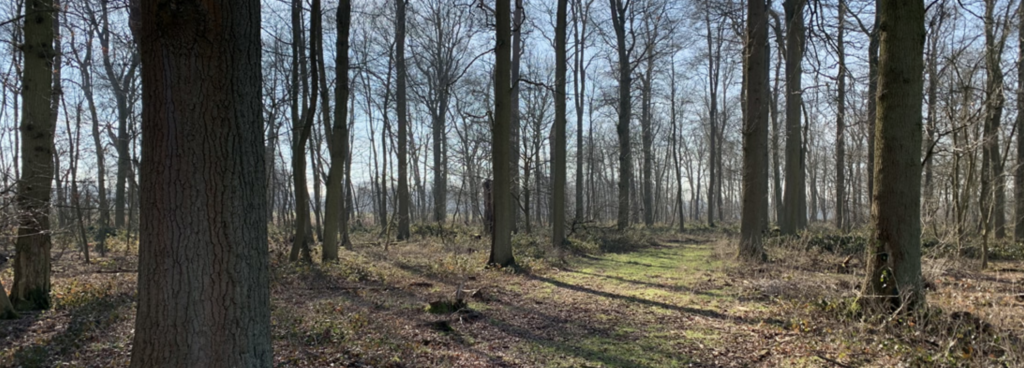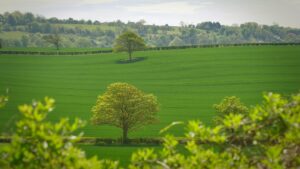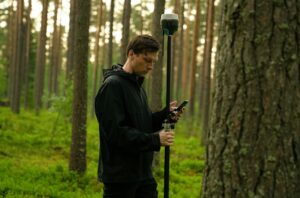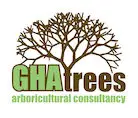
Tree Survey. The 5 Reasons Why You Need One
Understanding the importance of tree surveys is crucial for successful land development and property management. From supporting planning applications to ensuring health and safety, mortgage approval, regulatory compliance, and effective estate management, professional tree surveys provide invaluable insights. Learn why scheduling a comprehensive tree survey can be a game-changer for your next project.

